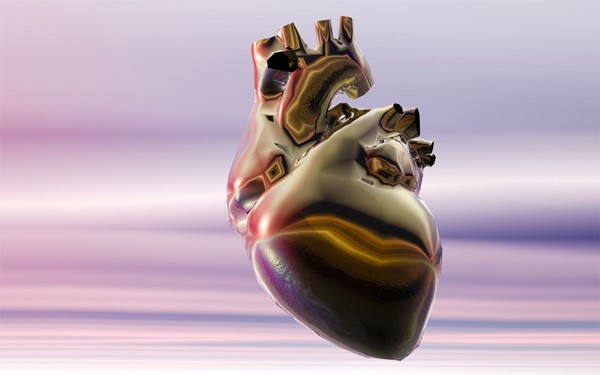
What has 3D Printing done for Medicine?
Though 3D printing technology was being used for industrial purposes, it has been revolutionizing medicine since 17 years ago. In 1999, a patient received an artificial urinary bladder, though the cells were laboratory-grown using the patient’s own bladder tissue, a biodegradable scaffolding supported the organ when it was transplanted. The scaffolding was an exact replica of the patient’s organ, the result of 3D printing. The medical world was quick to catch on.
Since then scientific advances were getting into the field of creating organ tissues, not just scaffoldings, via 3D printing. Though that is still to attain full realization, other fields were developing. Orthopedics was one of the first branch of surgery that used 3D printed prosthesis, invaluable body parts that replaced hands, fingers, whole legs and whole arms of suffering patients. Then followed a working kidney for an animal’s use, blood vessels, a hip bone, an artificial jaw, among others.
The technology has seen more usage and broader applications when 3D printing was employed to make anatomical models, whole skeletons, surgical guides that aid in studying and teaching medicine. Customized implants like a finger, a heart valve, an optic nerve prepare surgeons for delicate procedures. These days there are customized medical devices produced by 3D printing like back braces, drug delivery devices, eyeglasses, hearing aids, including dental temporaries, that made lives of many patients better.
Seattle 3D Printing in Aid of Medicine
For your medical or dental service needs, 3D Composites, your Seattle 3D printing company, can assist in your medical practice in the community.



